Appliance tips

Smart strips
Use smart strips so you can easily turn off multiple appliances at once.

Energy Star
Replace appliances with an Energy Star® model—they’re up to 40% more efficient than older models. Rebates and financing are available.
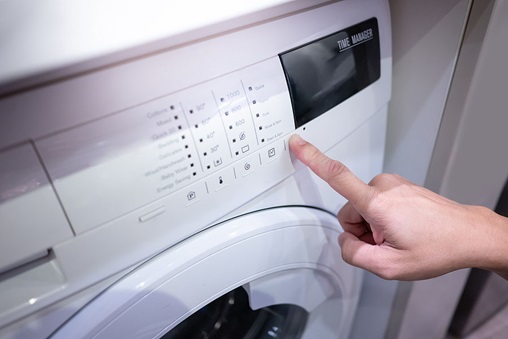
Laundry
Wash full loads of laundry whenever possible and switch your temperature setting from hot to warm to cut energy use in half for a single load. Using the cold cycle can reduce energy use even more. About 90% of the energy consumed for washing clothes is used to heat the water.
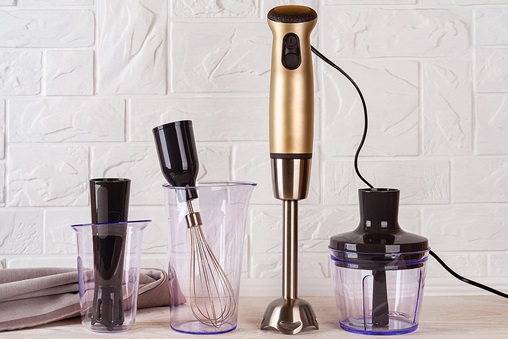
Small appliances
Unplug small appliances and electronics, like coffee makers and printers when not in use. These items continue using power as long as they’re plugged in.

Hang laundry
Hang dry your laundry. A typical clothes dryer uses up to four times more energy than a new clothes dryer. Hang-drying saves energy and reduces wear and tear on clothes, which helps them last longer.
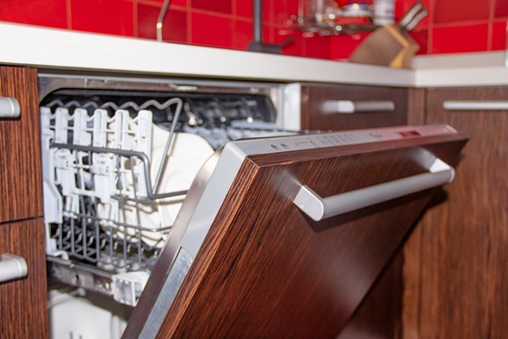
Dishwasher
Your dishwasher uses a lot of energy, especially for heating water. To reduce energy use, run only full loads and let your dishes air dry. For added savings, use the delay start feature to run your dishwasher between midnight and noon to take advantage of summer off-peak prices.

Washing machine temperature
About 90% of the energy consumed for washing clothes is used to heat the water. Unless your clothes have oily stains, washing with cold or warm water will clean your clothes just as effectively.
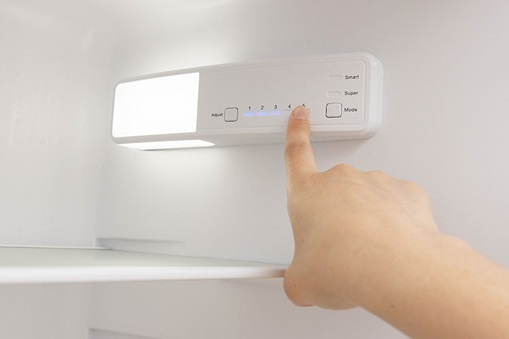
Refrigerator temperature
Set your fridge to 38 degrees. In the average home, the refrigerator consumes the most energy of all kitchen appliances. Make sure your refrigerator is not too cold in order to minimize the annual costs.
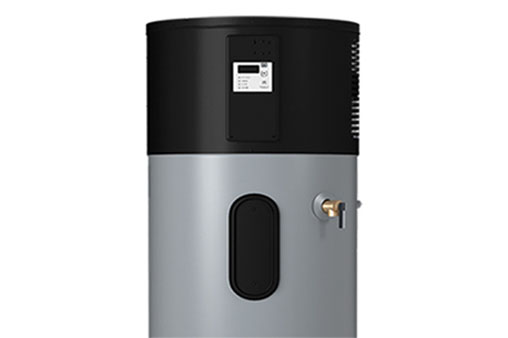
Heat pump water heater
Reduce your energy costs with a new heat pump water heater. Rebates and financing are available.



